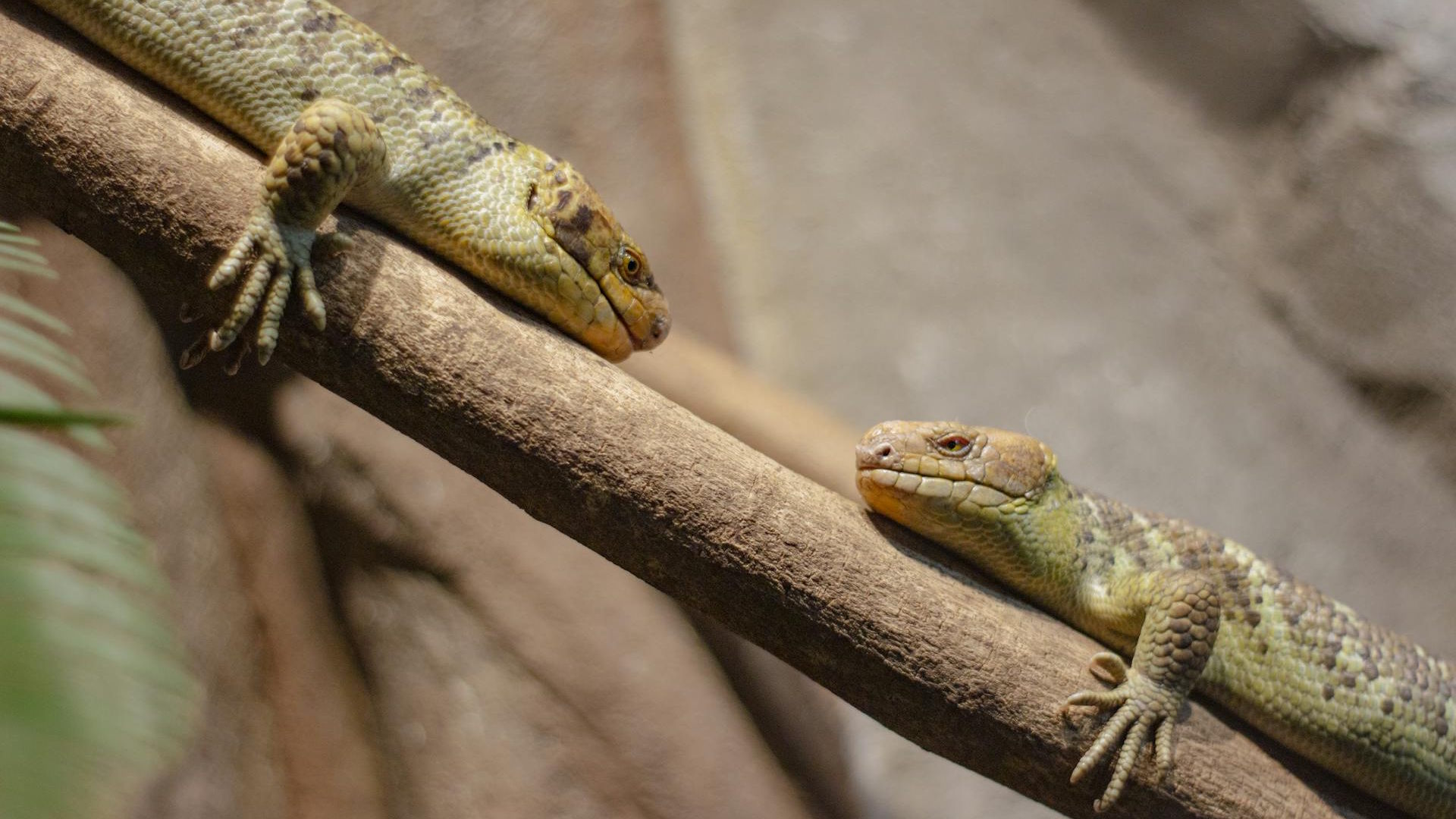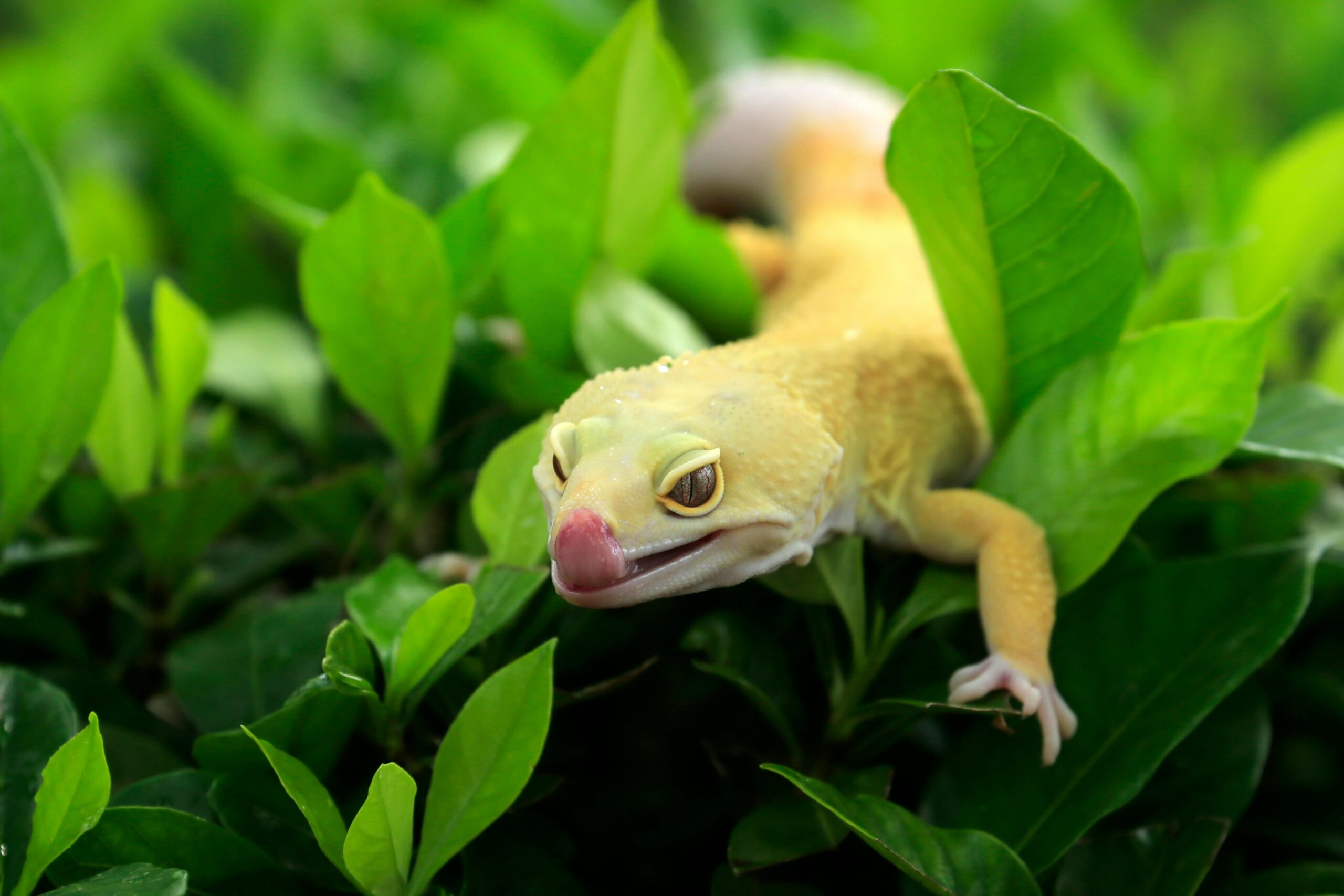Heat lamps are essential components of any reptile enclosure, providing the warmth these cold-blooded creatures need to regulate their bodily functions and overall health. Different lizard species have evolved in various environments around the world, from scorching deserts to humid rainforests, meaning their heating requirements can vary dramatically. Choosing the right heat lamp isn’t just about keeping your lizard comfortable—it’s vital for their digestion, immune function, metabolism, and even their ability to absorb nutrients. In this comprehensive guide, we’ll explore the best heat lamp options for various lizard species, helping you create the optimal thermal environment for your scaly companion.
Understanding Lizard Thermoregulation Needs

Lizards are ectothermic creatures, which means they rely on external heat sources to regulate their body temperature instead of producing their own heat metabolically like mammals do. This thermal dependency makes providing the correct heating setup absolutely crucial for captive reptiles. Each species has evolved with a preferred optimal temperature range (POTR) that allows for proper digestion, immune function, and overall activity. Creating a temperature gradient within the enclosure—with warmer basking spots and cooler retreat areas—allows lizards to thermoregulate by moving between zones as needed. Without proper heat sources, lizards may become sluggish, refuse food, develop digestive impactions, and become susceptible to numerous health problems that can significantly shorten their lifespan.
Key Factors in Choosing the Right Heat Lamp

Selecting an appropriate heat lamp involves consideration of several crucial factors specific to your particular lizard species. The size of your enclosure plays a significant role, as larger terrariums may require higher wattage bulbs or multiple heating elements to maintain proper temperatures throughout. The ambient room temperature where you keep the enclosure will also affect your heating needs—cooler rooms require more powerful heating solutions. The species’ natural habitat provides important clues about their heating requirements, with desert dwellers typically needing higher temperatures and more intense basking spots than tropical forest species. Perhaps most importantly, you must consider the specific temperature gradient recommended for your particular lizard, including both the basking spot temperature and the cooler end of the enclosure.
Types of Heat Lamps Available for Reptiles

The reptile market offers several distinct types of heat lamps, each with unique properties and benefits. Incandescent bulbs are the most common and affordable option, providing both heat and visible light through a standard screw-in fixture. Ceramic heat emitters (CHEs) produce heat without light, making them excellent for maintaining ambient temperatures overnight without disrupting sleep cycles. Halogen flood lamps deliver intense, focused heat for basking spots while using less electricity than standard incandescents. Mercury vapor bulbs combine UVB radiation with heat, though they tend to be more expensive and require special fixtures. Deep heat projectors represent newer technology that provides infrared heat that penetrates deeply into muscle tissue, better mimicking the warming effect of natural sunlight compared to traditional options.
Best Heat Lamps for Bearded Dragons

Bearded dragons, native to the arid regions of Australia, require intense basking spots ranging from 95-110°F (35-43°C), with the cooler side of their enclosure maintained at about 80-85°F (27-29°C). For these popular desert dwellers, a combination of a high-wattage halogen flood lamp and a ceramic heat emitter often creates the ideal setup. The Zoo Med Repti Basking Spot Lamp (100-150 watts) works excellently as a primary basking lamp, creating a concentrated heat zone that allows for proper thermoregulation during daylight hours. For nighttime heat maintenance, the Fluker’s Ceramic Heat Emitter provides consistent warmth without disturbing the dragon’s day-night cycle. Many experienced keepers also recommend the Arcadia Deep Heat Projector, which delivers infrared heat that penetrates deeply into the dragon’s body, simulating the warmth of the Australian sun.
Optimal Heating for Leopard Geckos

Leopard geckos, being nocturnal desert reptiles from rocky regions of Afghanistan, Pakistan, and parts of India, have specific heating requirements that differ from many other lizard species. Their basking area should maintain temperatures of 88-92°F (31-33°C), while the cool side should remain around 75-80°F (24-27°C). Since leopard geckos are primarily active during the night and are sensitive to bright light, a ceramic heat emitter like the Fluker’s or Zoo Med brand (60-100 watts depending on enclosure size) serves as an excellent primary heat source. For those preferring a more naturalistic approach, the Arcadia Deep Heat Projector provides beneficial infrared heat without visible light. Under-tank heating pads are also commonly used with leopard geckos, though these should always be regulated with a thermostat to prevent dangerous hot spots and potential burns.
Heat Lamp Solutions for Chameleons

Chameleons present unique heating challenges as these arboreal reptiles prefer temperature gradients that flow vertically rather than horizontally, with warmer areas at the top of their enclosure. For species like the popular veiled chameleon, basking spots should reach 85-95°F (29-35°C), with ambient temperatures of 75-85°F (24-29°C). The Zoo Med Repti Basking Spot Lamp in lower wattages (50-75W) mounted at the top of the enclosure works well for creating an appropriate basking zone. Many chameleon keepers prefer the Exo Terra Day & Night Light fixtures, which allow for easy switching between daytime and nighttime heat sources. Since chameleons are sensitive to excessive heat and can dehydrate quickly, it’s crucial to monitor temperatures carefully and use thermostats to prevent overheating. Additionally, chameleons benefit greatly from natural sunlight when possible, though heat lamps remain essential for maintaining proper temperatures in captivity.
Heating Requirements for Ball Pythons

While not lizards, ball pythons are worth mentioning as they represent a different approach to reptile heating. These popular snakes require a warm side temperature of about 88-92°F (31-33°C) and a cool side around 78-80°F (25-27°C). Since ball pythons are primarily nocturnal and don’t require bright basking spots, ceramic heat emitters like the Zoo Med or Fluker’s models (100-150W) serve as excellent primary heat sources. Many keepers supplement with an under-tank heating pad regulated by a thermostat to provide belly heat, which aids in digestion. The combination of overhead heating via a ceramic emitter and bottom heating creates an enveloping warmth that mimics the python’s natural environment. For large enclosures, the higher-powered Deep Heat Projectors can provide more substantial heating coverage without producing visible light that might stress these secretive reptiles.
Heat Lamps for Crested Geckos and Other Tropical Species

Crested geckos and similar tropical species such as gargoyle geckos require more moderate temperatures compared to desert-dwelling reptiles. These New Caledonian geckos thrive in temperatures ranging from 72-80°F (22-27°C), actually becoming stressed at temperatures above 85°F (29°C). For these species, low-wattage ceramic heat emitters (25-40W) often provide sufficient ambient heat without creating dangerous hot spots. The Exo Terra Heat Glo Infrared Spot Lamp in lower wattages can gently warm areas of the enclosure when ambient room temperatures drop too low. Many successful crested gecko keepers use heat lamps only during cooler months, as typical room temperatures often suffice for these temperature-sensitive reptiles. When using any heat source with tropical geckos, close monitoring with accurate thermometers is essential to prevent overheating, which can quickly become life-threatening for these species.
Special Considerations for Monitor Lizards

Monitor lizards, including popular species like savannah monitors and Ackie’s dwarf monitors, require intense heating due to their high metabolic rates and active lifestyles. These larger reptiles typically need basking spots reaching 120-140°F (49-60°C), with ambient temperatures maintained around 80-90°F (27-32°C). High-wattage halogen flood lamps (150-250W) mounted at appropriate heights create effective basking zones for these heat-loving lizards. The Zoo Med PowerSun UV Mercury Vapor lamps combine intense heat with UVB radiation, making them popular choices for larger monitor enclosures. Due to the size of many monitor species, multiple heating elements are often required to maintain proper temperature gradients throughout their enclosures. For nighttime heating, high-wattage ceramic emitters ensure temperatures don’t drop too dramatically, supporting proper digestion and overall health in these impressive reptiles.
Heat Lamp Safety Features and Considerations

Safety must remain paramount when using heat lamps for reptiles, as improper setups can lead to burns, fires, and other hazards. All heat-producing fixtures should be secured with appropriate lamp stands or ceiling mounts to prevent them from falling into the enclosure and causing burns or fires. Protective wire cages like the Fluker’s Repta-Clamp Lamp with Switch or similar products should always surround heat bulbs and ceramic emitters to prevent direct contact between the reptile and the heating element. Thermostats are absolutely essential components of any reptile heating system, preventing dangerous temperature spikes that can quickly become fatal for confined animals. Digital thermometers with probes should be placed at both the basking spot and the cooler side of the enclosure to ensure proper temperature gradients are maintained throughout. Additionally, all electrical connections should be kept well away from water sources used in the enclosure to prevent electrical hazards.
Combining Heat Lamps with UVB Lighting

Many reptile species require UVB radiation in addition to heat for proper vitamin D3 synthesis and calcium metabolism. When setting up heating and lighting, careful positioning is necessary to create overlapping zones where reptiles receive both proper heat and UVB exposure simultaneously. Mercury vapor bulbs like the Zoo Med PowerSun UV provide both heat and UVB in a single fixture, though they tend to be more expensive and may produce excessive heat in smaller enclosures. For most setups, separate heat and UVB fixtures provide more flexibility and control over the habitat conditions. When using separate fixtures, the heat lamp should be positioned on the same side as the UVB tube to create a basking zone where the animal receives both elements when thermoregulating. This positioning mimics natural conditions where sunlight provides both heat and UV radiation, encouraging natural behaviors and supporting optimal health.
Night Heating Options for Nocturnal Species

Nocturnal lizard species require specific nighttime heating considerations that differ from diurnal counterparts. Red, blue, or “night” bulbs marketed for reptiles should generally be avoided despite their popularity, as research suggests most reptiles can still perceive these colored lights, potentially disrupting their circadian rhythms. Instead, ceramic heat emitters provide ideal nighttime heating as they produce no visible light while maintaining adequate temperatures. Deep heat projectors also work well for nighttime use, producing infrared heat without visible light that might disturb sleep patterns. For species from regions with significant temperature drops at night, programmable thermostats can create natural temperature cycling that stimulates breeding behaviors and supports proper metabolic function. When designing a nighttime heating system, the goal should be maintaining appropriate temperatures without producing any light that could interfere with the reptile’s natural day-night cycle.
Monitoring and Maintaining Proper Heat Lamp Function

Maintaining heat lamp systems requires regular monitoring and occasional adjustments to ensure optimal function. Digital thermometers with probes should be checked daily to verify temperatures remain within appropriate ranges for your specific species. Heat bulbs typically lose intensity over time, so replacing them before they burn out—generally every 6-12 months depending on usage—helps maintain consistent temperatures. Climate changes throughout the year may necessitate seasonal adjustments, such as switching to lower-wattage bulbs during summer months or adding supplemental heating during winter. Dust and debris can accumulate on heat lamps and fixtures, reducing their efficiency and potentially creating fire hazards, so regular cleaning with the power disconnected is essential maintenance. Temperature guns (infrared thermometers) provide a valuable way to spot-check surface temperatures throughout the enclosure without disturbing the animal, helping ensure the heating system continues functioning effectively.
Conclusion: Creating the Optimal Thermal Environment

Selecting the appropriate heat lamp for your lizard species represents one of the most critical aspects of reptile husbandry. By understanding your specific lizard’s evolutionary adaptations and thermal requirements, you can create an environment that supports proper health, digestion, activity levels, and longevity. Remember that no single heating solution works for all species—what’s perfect for a desert-dwelling bearded dragon could be dangerous for a tropical crested gecko. Take the time to research your particular species’ needs, invest in quality equipment including reliable thermostats and thermometers, and monitor your setup regularly to ensure consistent temperatures. With the right heating system in place, you’ll provide your reptilian companion with the thermal environment they need to not just survive, but truly thrive in captivity.




